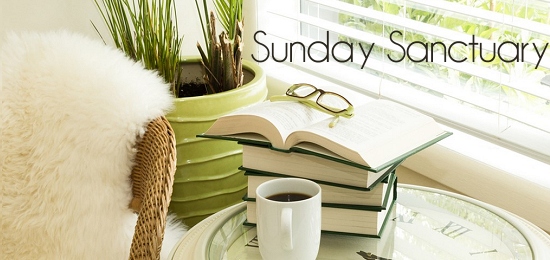
I take the Q Train to Brooklyn on a sunny September Wednesday to have coffee with another maker. We know each other the way people know each other these days – mutual friends, becoming Facebook friends, witnessing the ways we each make art. She tells me about an idea she has for a film, confessing she’s only told one or two others so far.
There’s something about the vulnerability of a new idea for a creative – the need to share pieces of it with others, the desire for another soul to see the glimmer of brilliance within it. We need to see the sparkle in someone else’s eye or  a nod of the head to let us know that they get it.
a nod of the head to let us know that they get it.
There’s also something delicate about a new idea – and we know that we can’t share even a smidge of the idea to just anyone for the idea is too tender. Nor can we overshare, knowing that too much talking about a project can shift us into perpetual talk and no action. Or worse, take the magic out of the idea.
Steven Pressfield confesses to using a code name for each project… so The Devil doesn’t Know The Real Name. We all have our suspicions around art making.
Her moment of sharing is an act of sacred trust, the acknowledgment that she sees a spark within my soul. I treat the moment like a china figurine filled with gossamer light.
I’ve brought her a gift of tea towels, one of which sported a map of Ohio. We spread it on the table between us and talk about the geography of Ohio and the surrounding states.
Her idea for her next movie involves a Road Trip through the Midwest.
***
Five months later, she asks me if I’d be willing to act as a producer for the film. There are too many logistical pieces. I agree and begin leaning into one of my favorite things: spreadsheets!
We rely upon a new-to-me app: Voxer. And over the months, as we talk about the film we do what we humans do best: we share stories. As we discuss our daily moments and confess our strengths and challenges over the months and a deeper connection between us forms.
I talk her off ledges and fill out paperwork for SAG. She talks me off ledges of art making and witnesses the ways in which I serve those I love. I remind myself and her time and again that “life is happening FOR you, not TO You.”
We set the schedule for the road trip to coincide with my partner, John, being away on a business trip.
***
Seven months after we spread the tea towel across a table in a coffee shop in Brooklyn, she pulls into my driveway. She has driven from New York to Ohio and her car is filled with people she loves: another filmmaker, an actor, and  an artist. Her car is also filled with clothes and food and computers and cameras.
an artist. Her car is also filled with clothes and food and computers and cameras.
We hug and I usher them into the house. We have an aggressive time table for the evening, but first: dinner.
Already at my home is a local gent and his daughter. He’s part of the larger Kindred Community and has agreed to serve as a mentor for those in need of connecting with other creative souls.
I’ve reached far and wide to provide film extras. They arrive, one by one. A consultant turns storyteller. A champion of film making in Dayton. A girlfriend from my book club along with her husband. A local coaching colleague who also happens to be a musical theatre actor. Her neighbor. The mentor’s wife and his middle daughter. A writer and member of the Dayton storytelling community.
We range from fifteen to seventy.
Folks mingle. Migrate to the porch. Connect with strangers. Tell stories. We shuffle folks upstairs and down. A mock workshop on art. A mock workshop on storytelling. We snack, laugh, connect, and share our own stories of joy.
Folks leave and I shift into nurturing mode: ensuring everyone has a bed, a towel, and the WiFi password. We talk about future film days and locations. We review the morning schedule, agree to a 9 AM breakfast, and I ensure that both coffee pots are full of beans and ready to go. There are tea bags and teakettles filled with water, just waiting to boil.
We make adjustments to the filming schedule for the next day sitting side-by-side at my dining table.
By midnight, each of us is snug in our bed for the night. Less than six hours after they arrive, the first full day of the road trip and filming is officially complete.
***
It never matters how late I go to bed, I wake around six each morning. The morning after is no different. Yet, my world is different. I’ve spent the last twelve hours immersed in the creative lives of others. My house is quiet as I toss on clothes and a long sweater. I start the coffee and join her on the porch.
Everyone else is still abed so It’s just the two of us as we talk about the previous night, the day ahead, and life. And how life is affecting our art. We begin to look ahead to the rest of the road trip, the schedule, and I pull out my laptop to fire up a Mailchimp note with location details for two nights away.
She leans into me and smiles.
“I hope we get to do this again. Sit on your porch and work together.”
Others begin to rise, float in and out. More coffee and tea. I warm a breakfast casserole and set out fruit. And before long, the food disappears and it’s time for them to go.
What began as an inkling of an idea has begun to be born as a film.
***
“If we could make our house a home, and then make it a sanctuary, I think we could truly find paradise on Earth.”
— Alexandra Stoddard
When we create art, we must make it from a space of vulnerability. And safety. We need a sanctuary from the rest of  the world and that safety comes from people we connect with, a favorite piece of equipment, and a port in the storm.
the world and that safety comes from people we connect with, a favorite piece of equipment, and a port in the storm.
I am reminded that a roof and walls is a house, but what makes it a home is the choice to curate a nourishing environment. I’ve taken the best of who I am and proven to myself that creative a life includes curating a sanctuary.
As such – both an extension of my creative spirit and my safe haven – I protect it fiercely. I know that the wrong energy can damage or taint it, so it was with great care that I open my home – my sanctuary – and provide a safe haven for folks to land, be themselves, and create.
And I am also reminded that though we are often alone when we create, we are always a part of something more.
About the Author: Debra Smouse
 Debra Smouse is a self-admitted Tarnished Southern Belle, life coach, and author of Clearing Brain Clutter: Discovering Your Heart’s Desire and Clearing Soul Clutter: Creating Your Vision. When she’s not vacuuming her couch, you’ll find her reading or plotting when she can play her next round of golf. She’s the Editor in Chief here at Modern Creative Life. Connect with her on Twitter, Facebook, and Instagram.
Debra Smouse is a self-admitted Tarnished Southern Belle, life coach, and author of Clearing Brain Clutter: Discovering Your Heart’s Desire and Clearing Soul Clutter: Creating Your Vision. When she’s not vacuuming her couch, you’ll find her reading or plotting when she can play her next round of golf. She’s the Editor in Chief here at Modern Creative Life. Connect with her on Twitter, Facebook, and Instagram.
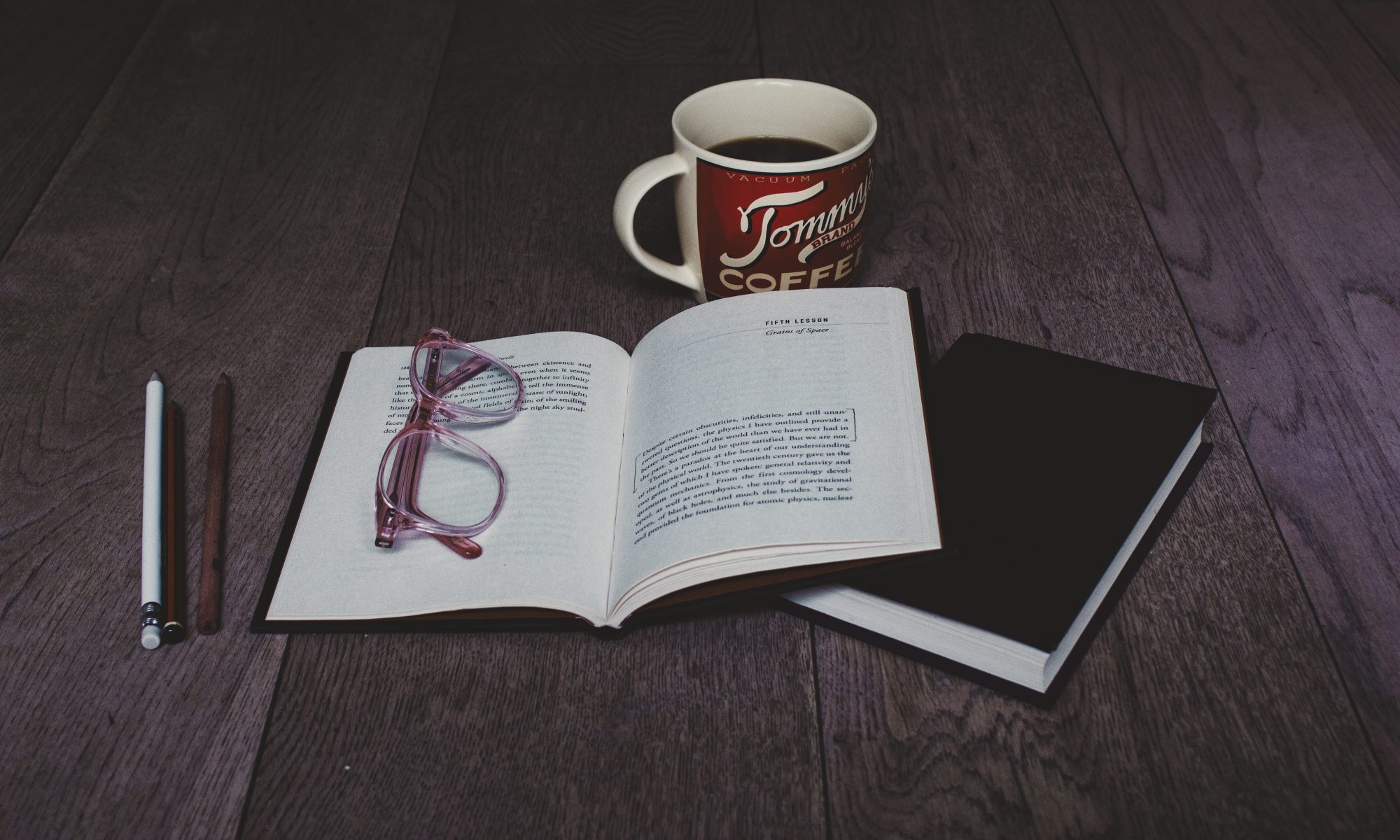
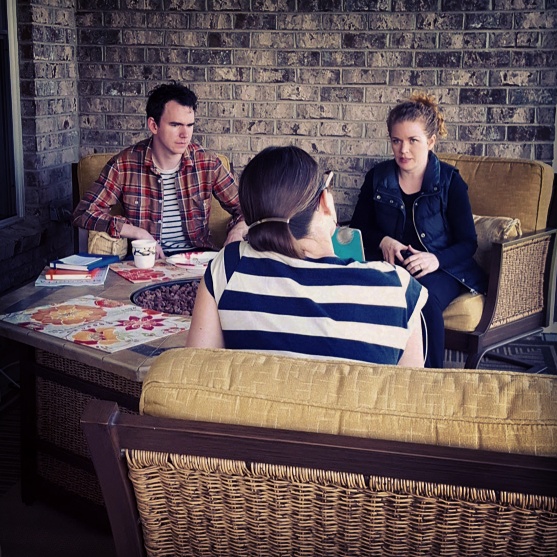
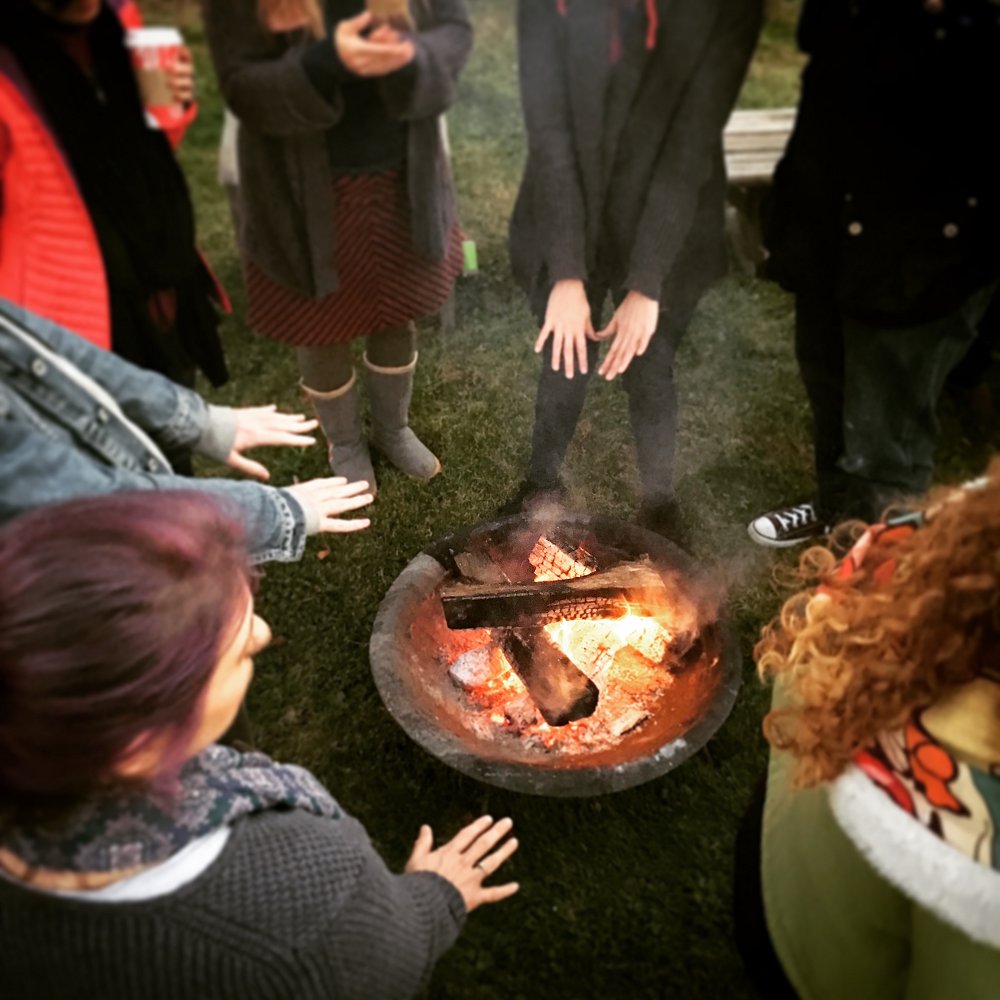
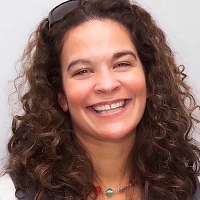
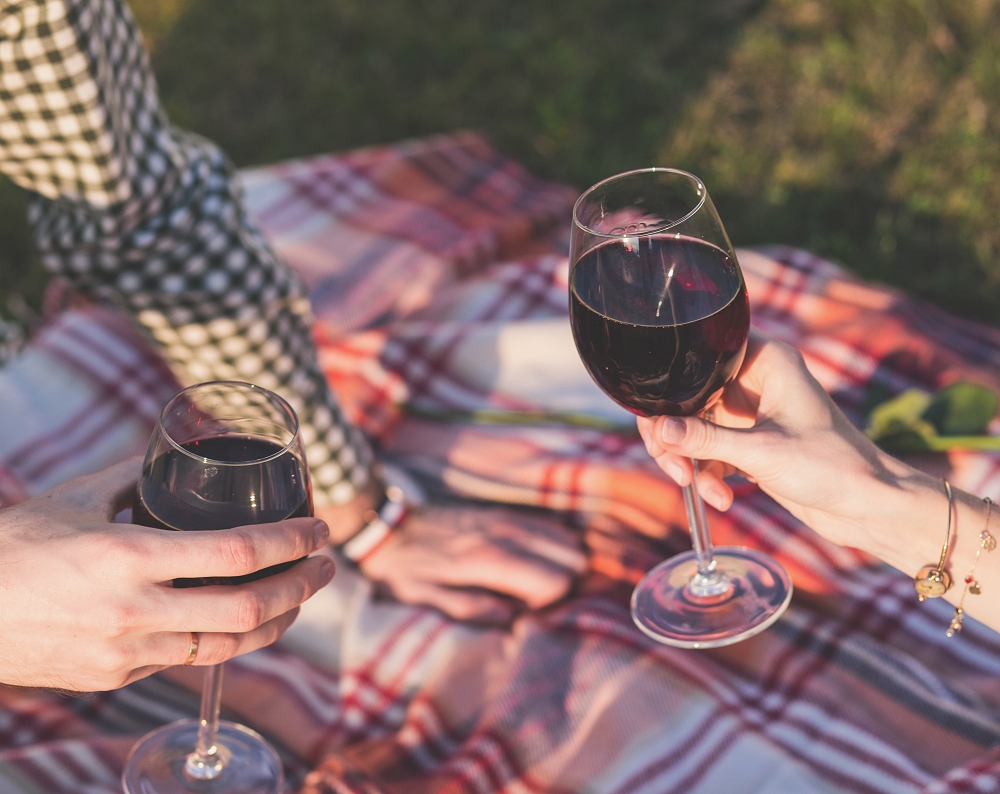
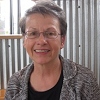
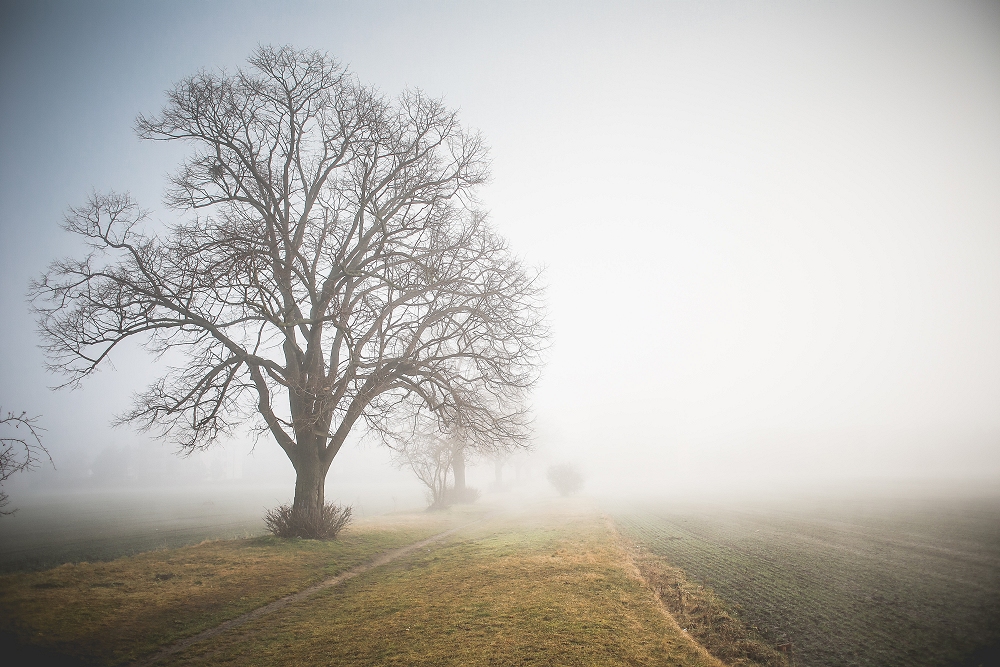
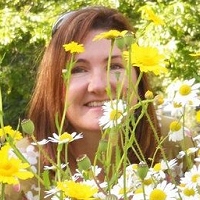 Jeanette McGurk is a Graphic Designer who entered the world of writing through advertising. She discovered writing a lot of truth with a little fluff is a lot more fun than the other way round. Now that she is no longer spending time making air conditioners, tile floors, IT and Botox sound sexy, she writes about the unglamorous yet wonderful moments of life for people like herself; in other words, anyone looking for interesting ways to put off cleaning and doing laundry.
Jeanette McGurk is a Graphic Designer who entered the world of writing through advertising. She discovered writing a lot of truth with a little fluff is a lot more fun than the other way round. Now that she is no longer spending time making air conditioners, tile floors, IT and Botox sound sexy, she writes about the unglamorous yet wonderful moments of life for people like herself; in other words, anyone looking for interesting ways to put off cleaning and doing laundry.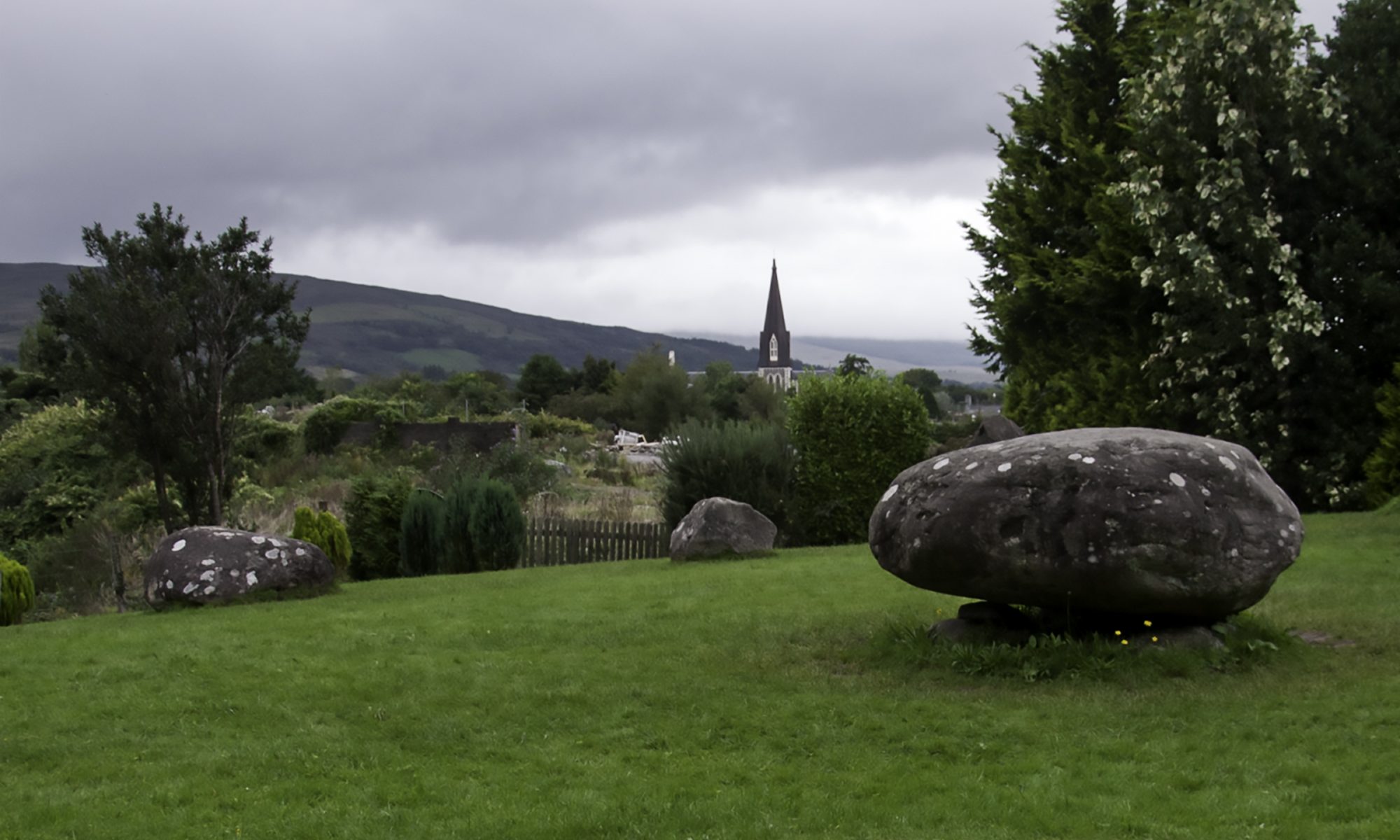

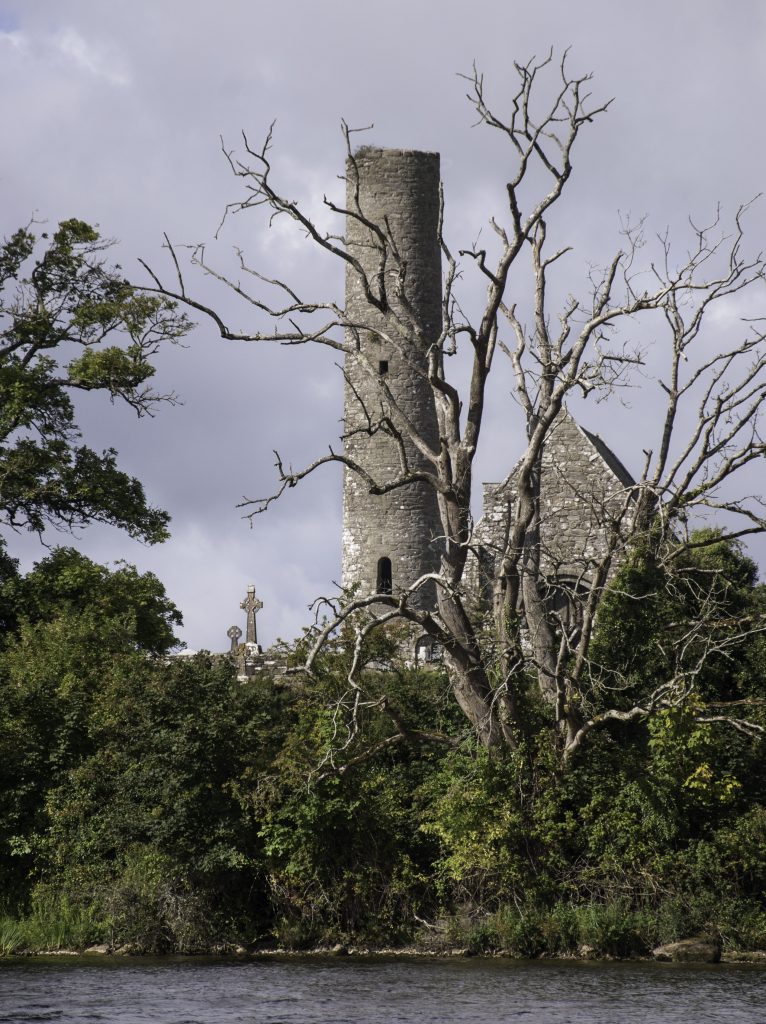
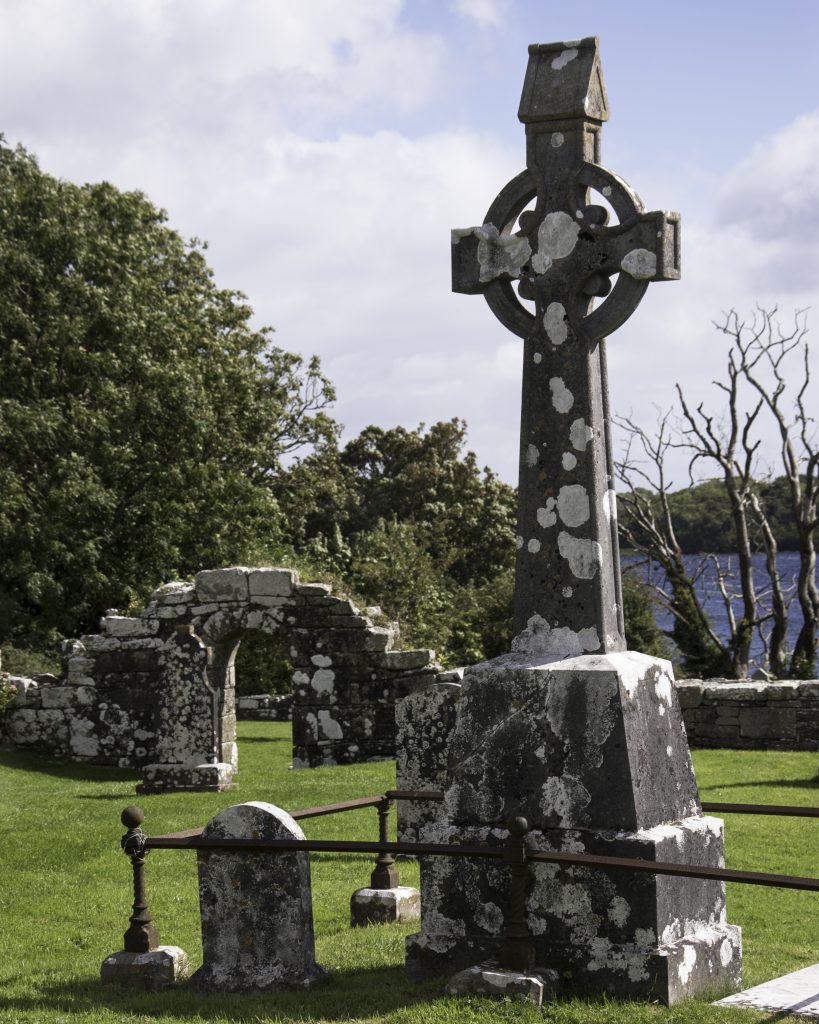 The island’s artifacts, spanning in age over 6,000 years, illustrate its long existence as sacred ground. Dating back to 4,000 BC, Pagan bullaun stones with carved depressions to collect water are found across the island. There are five churches in various states of ruin and excavation as well as grave stones dated from 898 AD through present day. The island is peaceful, enchanting and bucolic, with cows grazing while they, too, walk the historic pilgrimage path around the island.
The island’s artifacts, spanning in age over 6,000 years, illustrate its long existence as sacred ground. Dating back to 4,000 BC, Pagan bullaun stones with carved depressions to collect water are found across the island. There are five churches in various states of ruin and excavation as well as grave stones dated from 898 AD through present day. The island is peaceful, enchanting and bucolic, with cows grazing while they, too, walk the historic pilgrimage path around the island.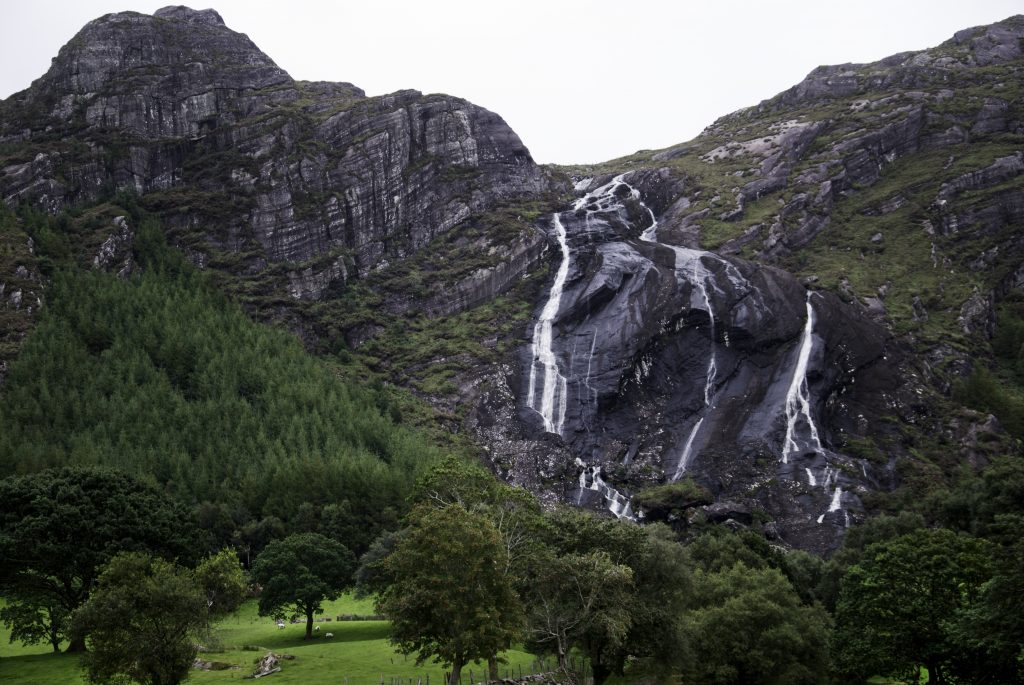
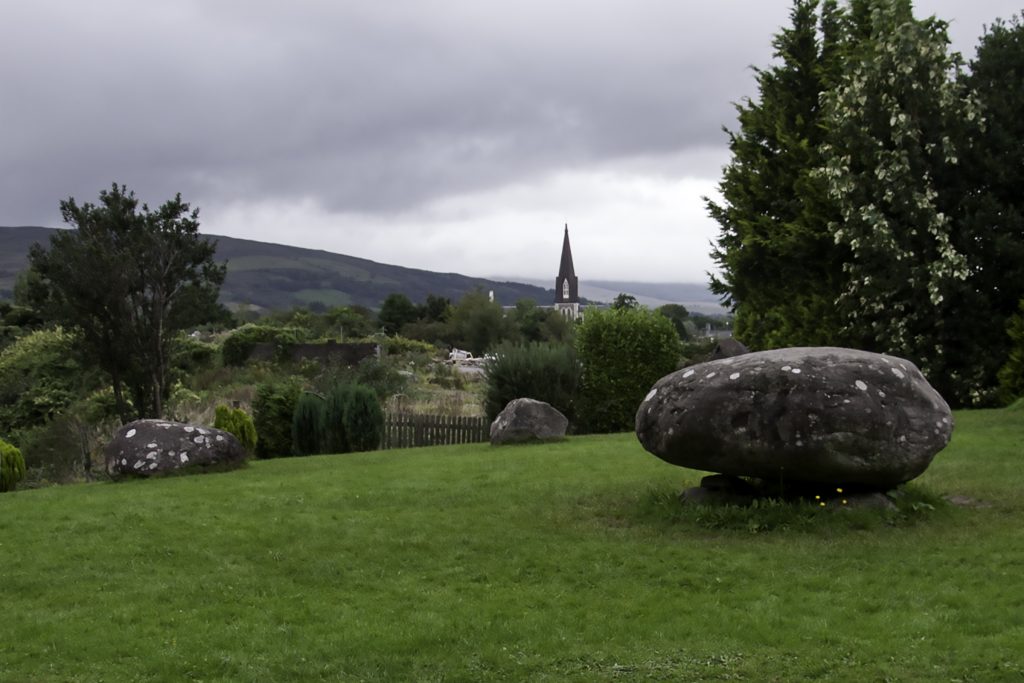
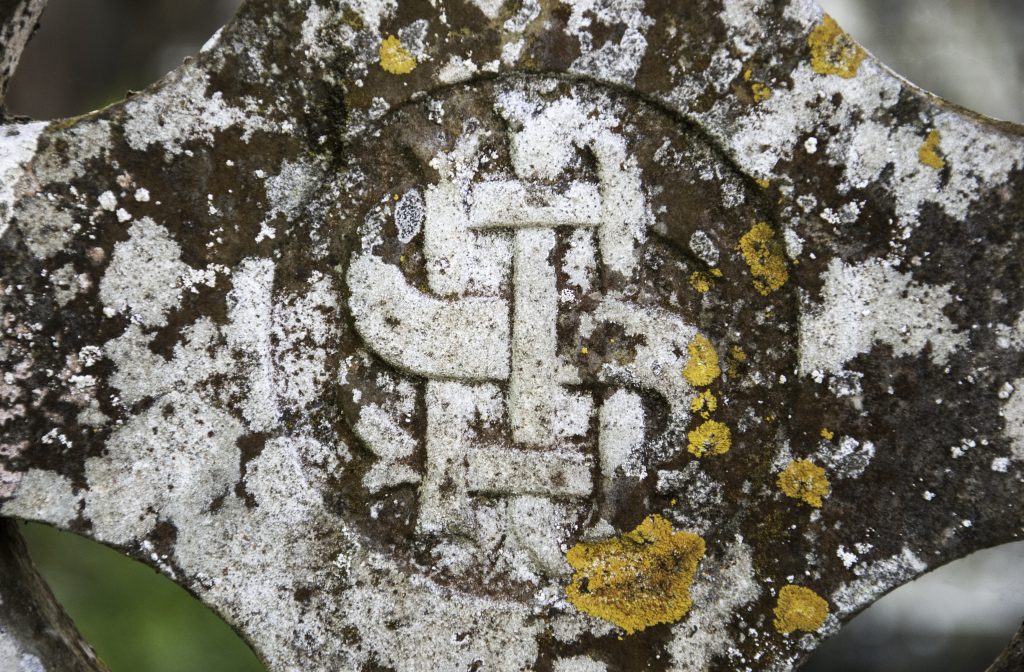
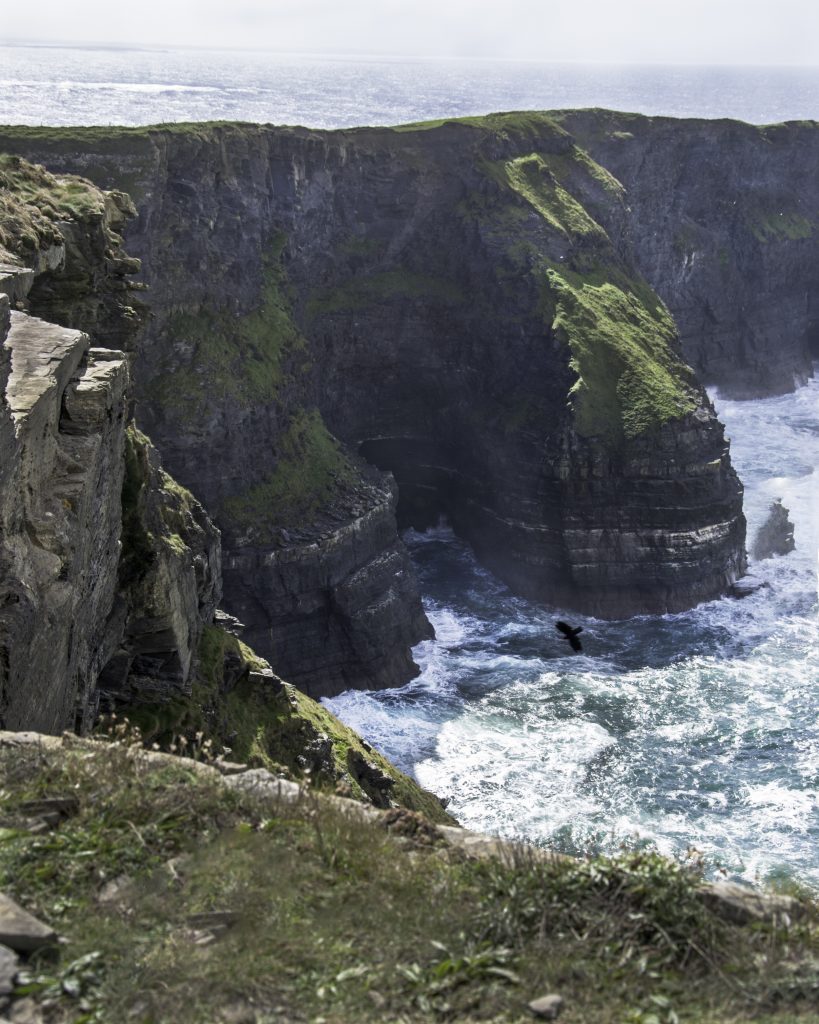
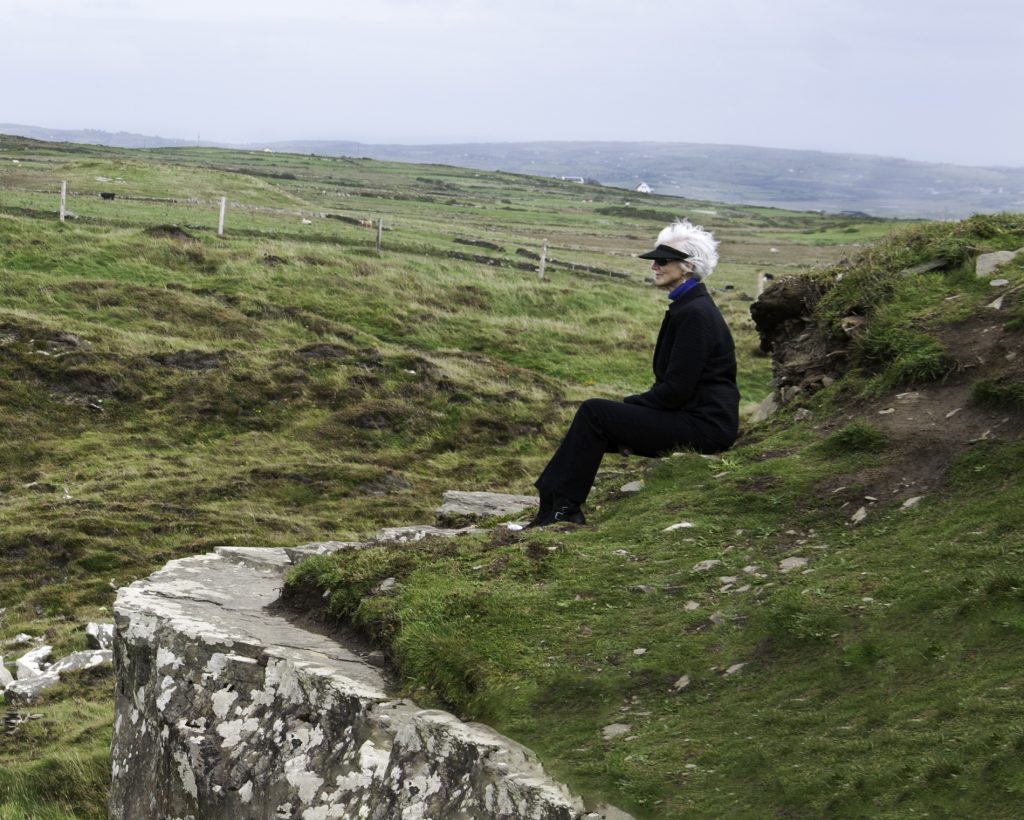
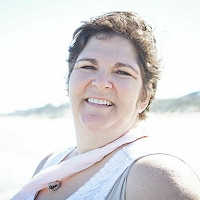
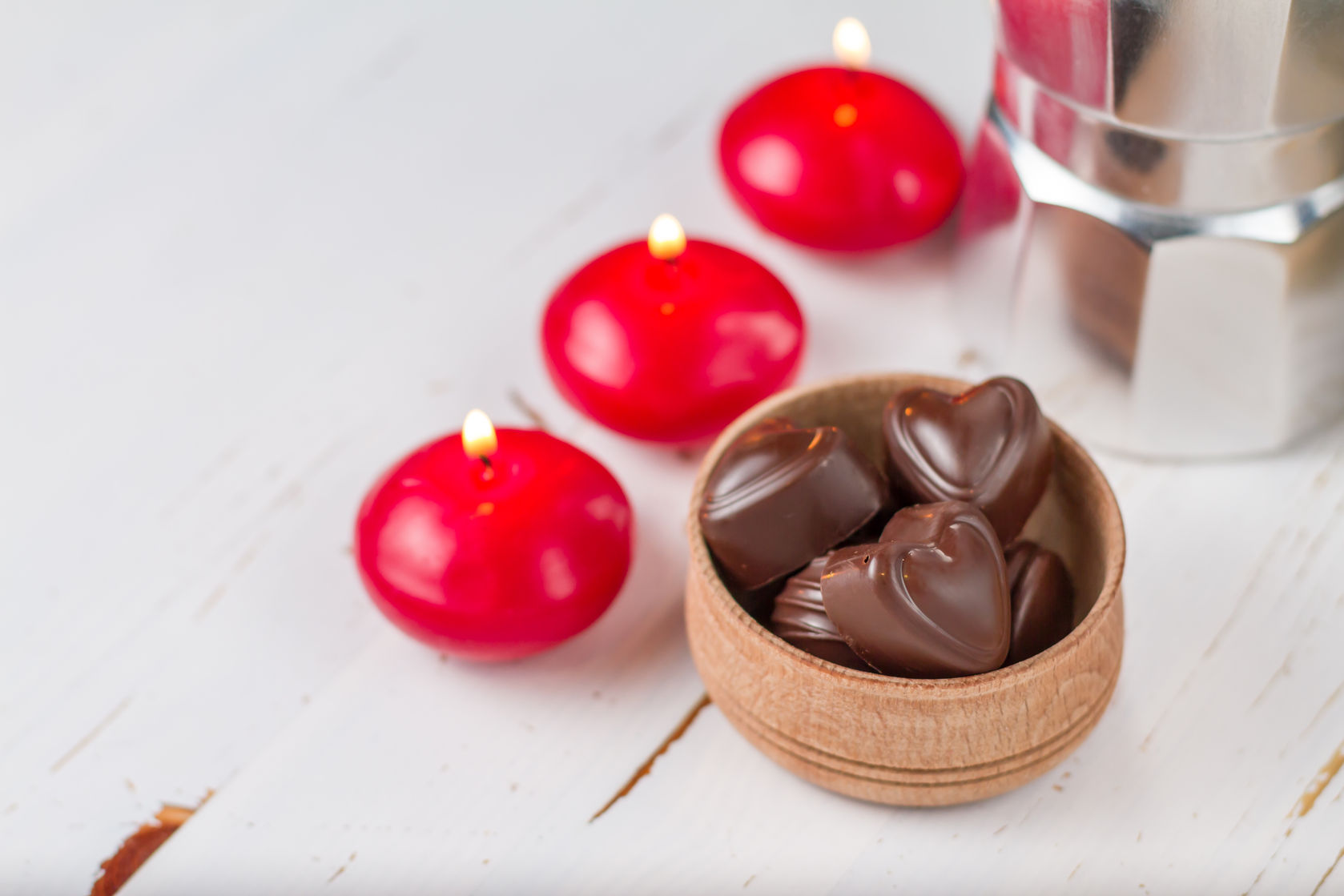
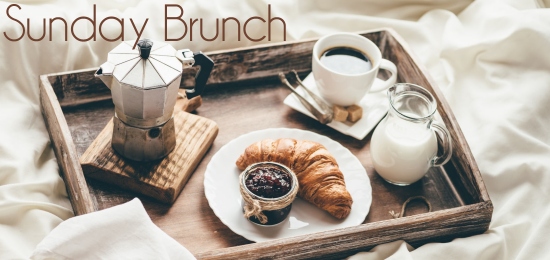
 el with my toes covered by warm sand.
el with my toes covered by warm sand.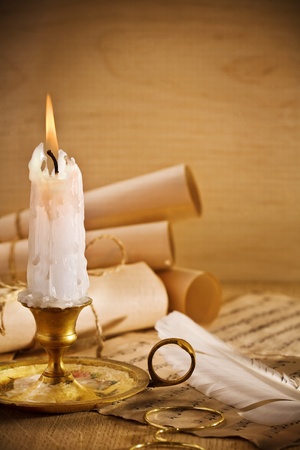 that whenever I pre-emptively light candles, we don’t lose power, even during tornadoes. As well, even the gentlest storm is made into a special experience when you add a little candle-flame.
that whenever I pre-emptively light candles, we don’t lose power, even during tornadoes. As well, even the gentlest storm is made into a special experience when you add a little candle-flame. Melissa is a writer, voice actor, podcaster, itinerant musician, voracious reader, and collector of hats and rescue dogs. She is the author of
Melissa is a writer, voice actor, podcaster, itinerant musician, voracious reader, and collector of hats and rescue dogs. She is the author of 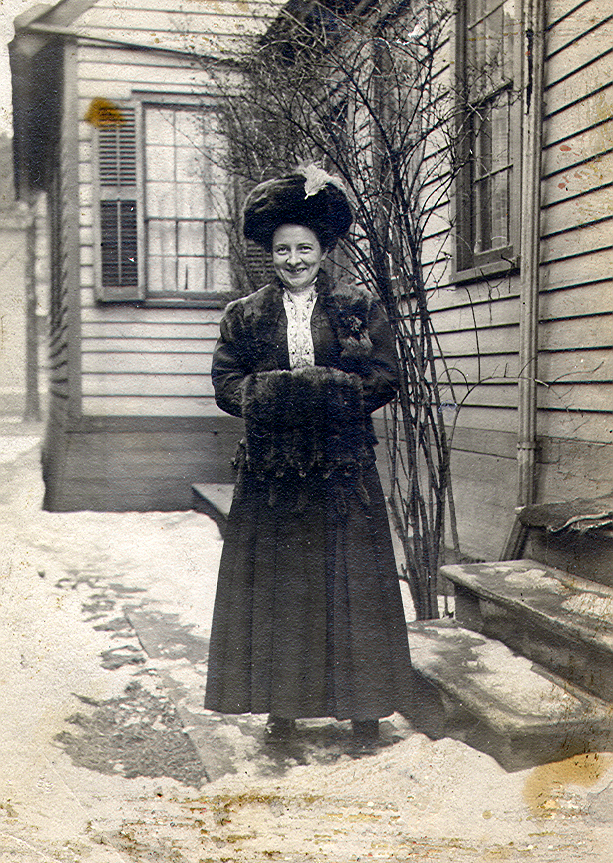
 I’ve always had a curious relationship with the ancestors on my mother’s side, a sense of longing to know them better, physically touch them. I spent much of my childhood time with my dad’s parents, learning to bake at my grandmother’s side, picking vegetables with my grandfather on their farm.
I’ve always had a curious relationship with the ancestors on my mother’s side, a sense of longing to know them better, physically touch them. I spent much of my childhood time with my dad’s parents, learning to bake at my grandmother’s side, picking vegetables with my grandfather on their farm. That is, until one serendipitous moment. Collecting vintage postcards is a passion of mine. I use some in my art, others remind me of places I’ve been or, in the case of the “up north” cards, of the area where my summer house is and where, a short walk away, my mother and her sisters spent their summers with Minnie. I always looked for photo cards that might show the resort where the cottage stood but those that had included house itself were non-existent, perhaps because it was set back further onto the land and in wide shots, the trees blocked it.
That is, until one serendipitous moment. Collecting vintage postcards is a passion of mine. I use some in my art, others remind me of places I’ve been or, in the case of the “up north” cards, of the area where my summer house is and where, a short walk away, my mother and her sisters spent their summers with Minnie. I always looked for photo cards that might show the resort where the cottage stood but those that had included house itself were non-existent, perhaps because it was set back further onto the land and in wide shots, the trees blocked it. “Dear Grace,
“Dear Grace,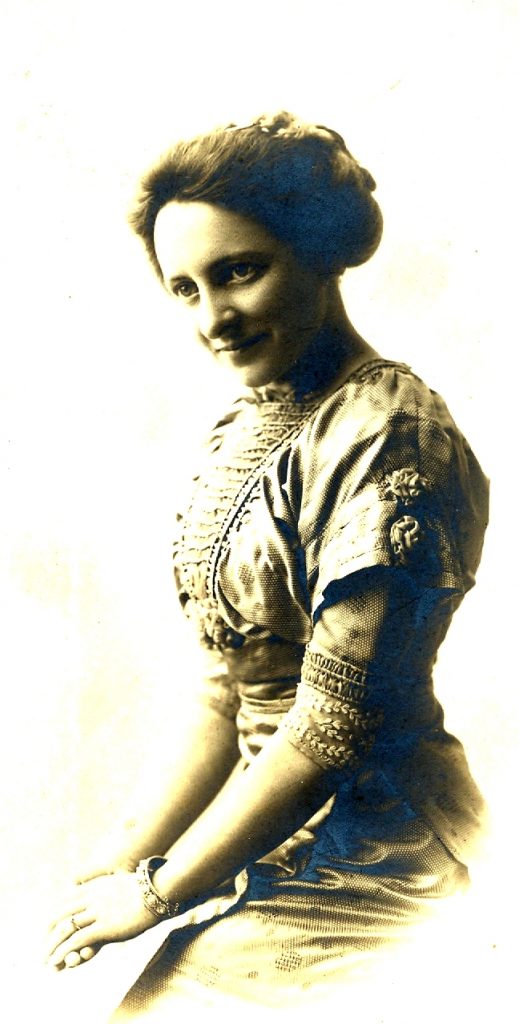 the photograph I can touch.
the photograph I can touch.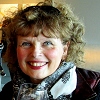 After a long career in public broadcasting, Jeanie Croope is now doing all the things she loves — art, photography, writing, cooking, reading wonderful books and discovering a multitude of new creative passions. You can find her blogging about life and all the things she loves at
After a long career in public broadcasting, Jeanie Croope is now doing all the things she loves — art, photography, writing, cooking, reading wonderful books and discovering a multitude of new creative passions. You can find her blogging about life and all the things she loves at 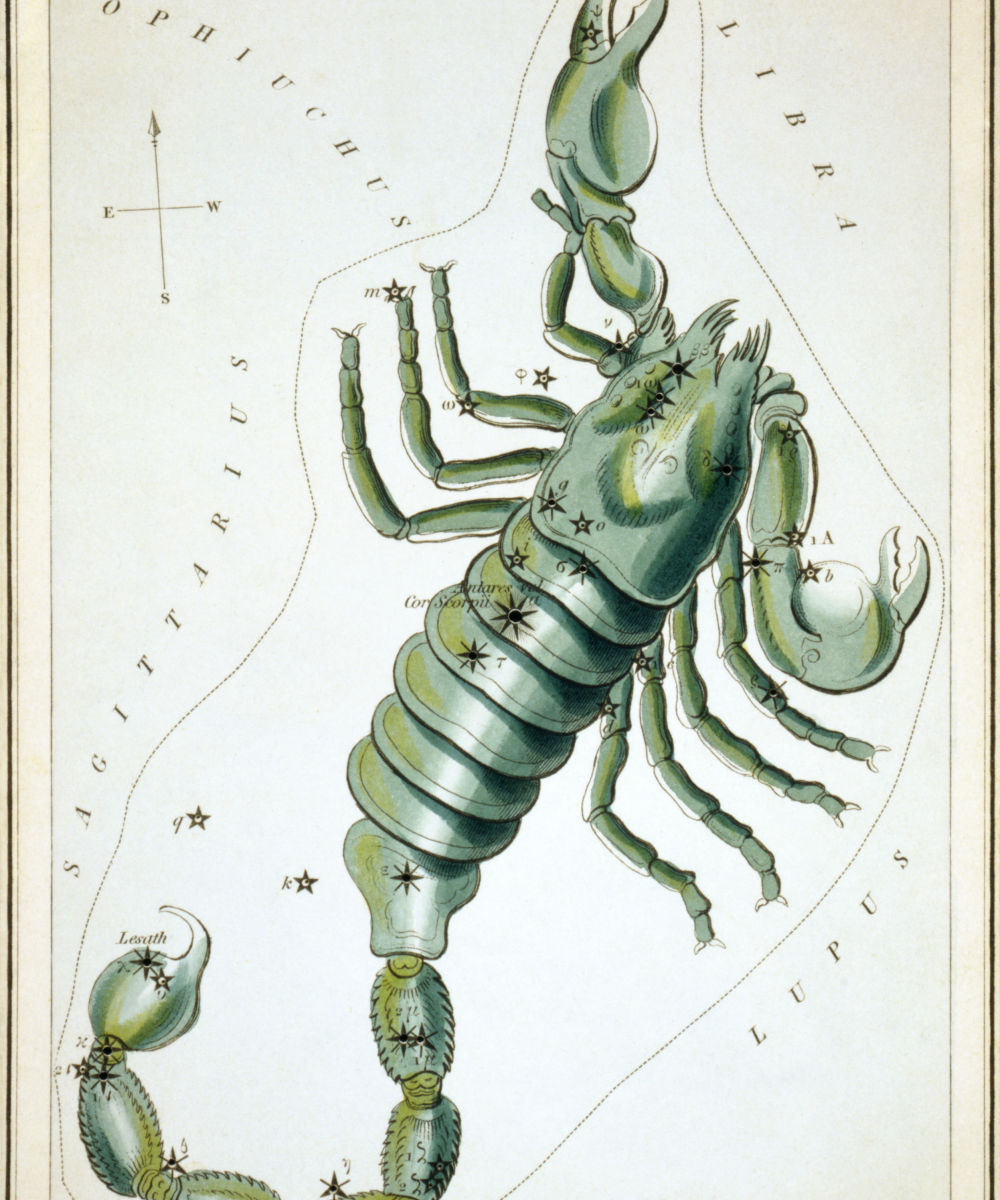
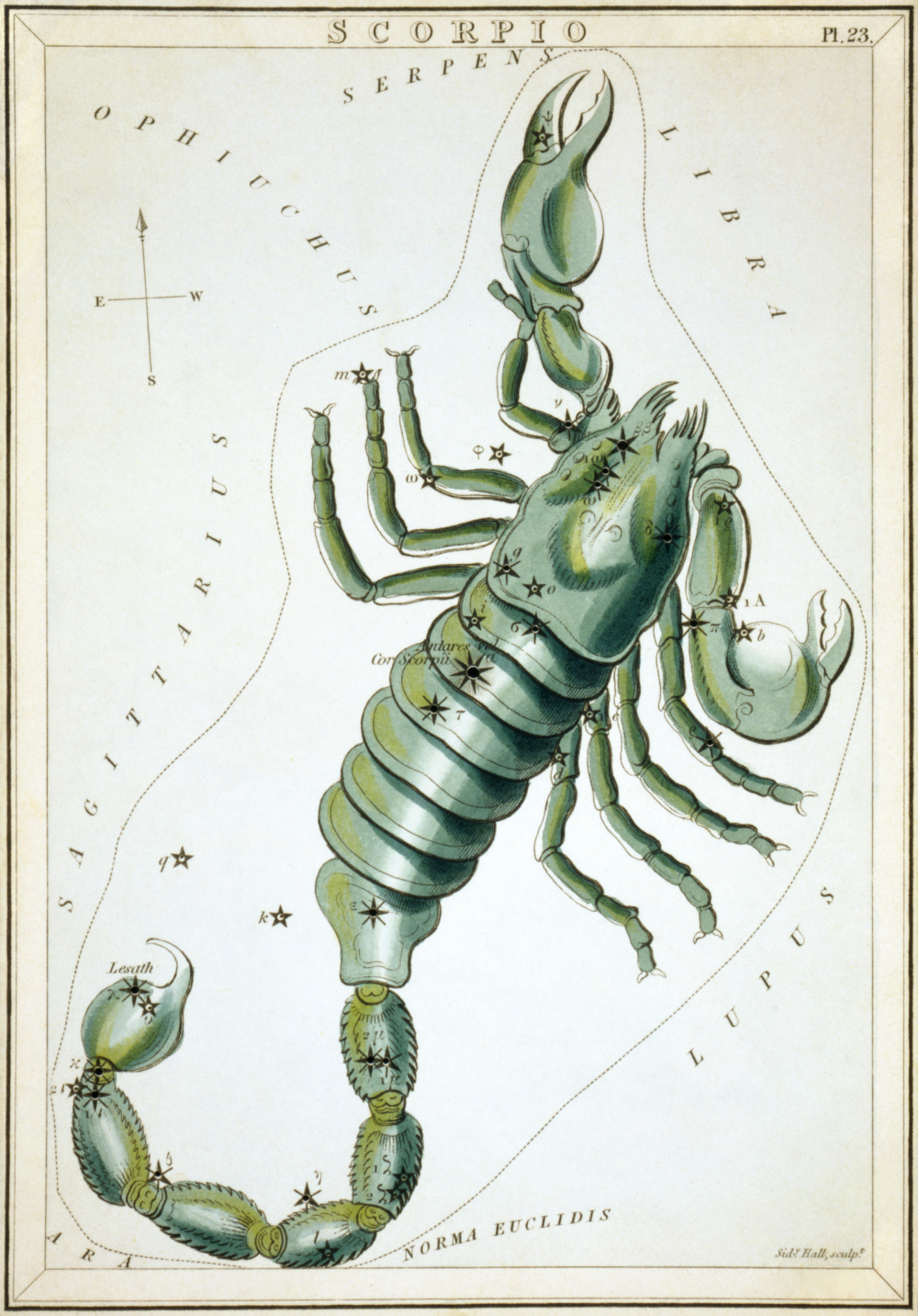 up to and honor.
up to and honor.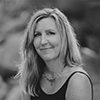 Christine Mason Miller is an author and artist who has been inspiring others to create a meaningful life since 1995. Signed copies of her memoir, Moving Water, are now available at
Christine Mason Miller is an author and artist who has been inspiring others to create a meaningful life since 1995. Signed copies of her memoir, Moving Water, are now available at 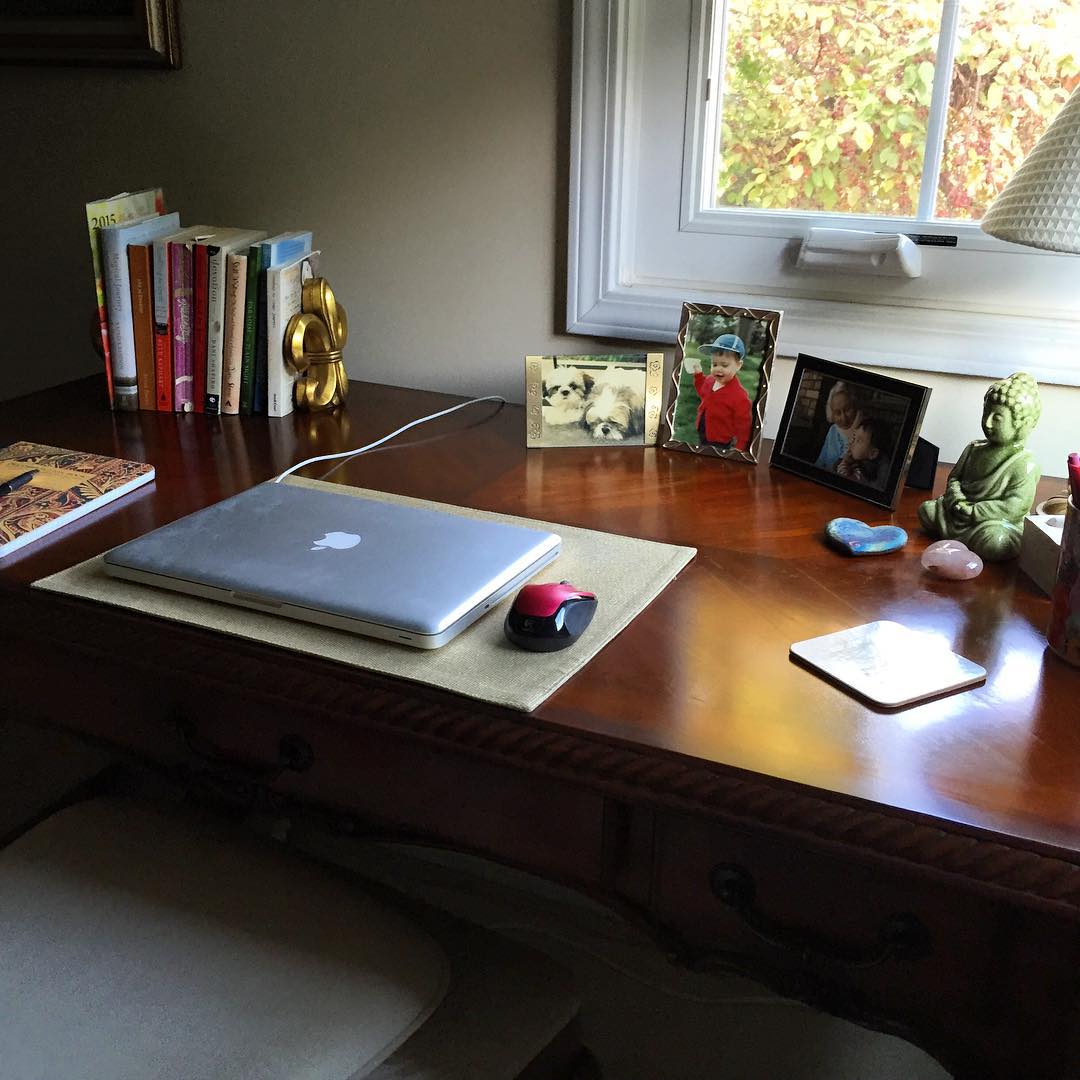
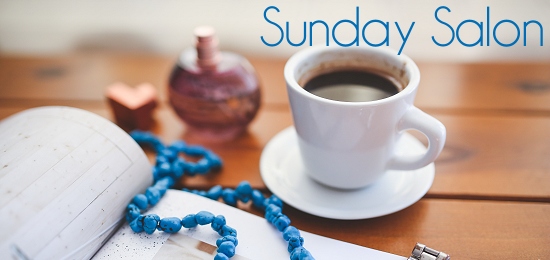
 There is a desk in this room, a wide topped writing desk, on which stand pictures of my son as a baby, another of my two dogs nestled side by side, and one more of my mother holding my grandson on her lap. A cup filled with pens, pencils, markers and reading glasses is close to hand. There are two heart shaped paperweights which I sometimes use for their original purpose (propping open the pages of a book) or occasionally as something to hold in my hands while I ponder my next move on the page. More books stand in the corner, books I refer to time and again when I need some inspiration to keep me moving – through writing and through life. I’m careful to keep nothing on this desk that doesn’t pertain to writing – no bills, no to-do lists. All those practical matters are taken care of in the kitchen at a small counter I’ve appropriated as a daily desktop.
There is a desk in this room, a wide topped writing desk, on which stand pictures of my son as a baby, another of my two dogs nestled side by side, and one more of my mother holding my grandson on her lap. A cup filled with pens, pencils, markers and reading glasses is close to hand. There are two heart shaped paperweights which I sometimes use for their original purpose (propping open the pages of a book) or occasionally as something to hold in my hands while I ponder my next move on the page. More books stand in the corner, books I refer to time and again when I need some inspiration to keep me moving – through writing and through life. I’m careful to keep nothing on this desk that doesn’t pertain to writing – no bills, no to-do lists. All those practical matters are taken care of in the kitchen at a small counter I’ve appropriated as a daily desktop.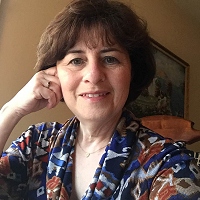 Becca Rowan lives in Northville, Michigan with her husband and their two dogs. She is the author of
Becca Rowan lives in Northville, Michigan with her husband and their two dogs. She is the author of 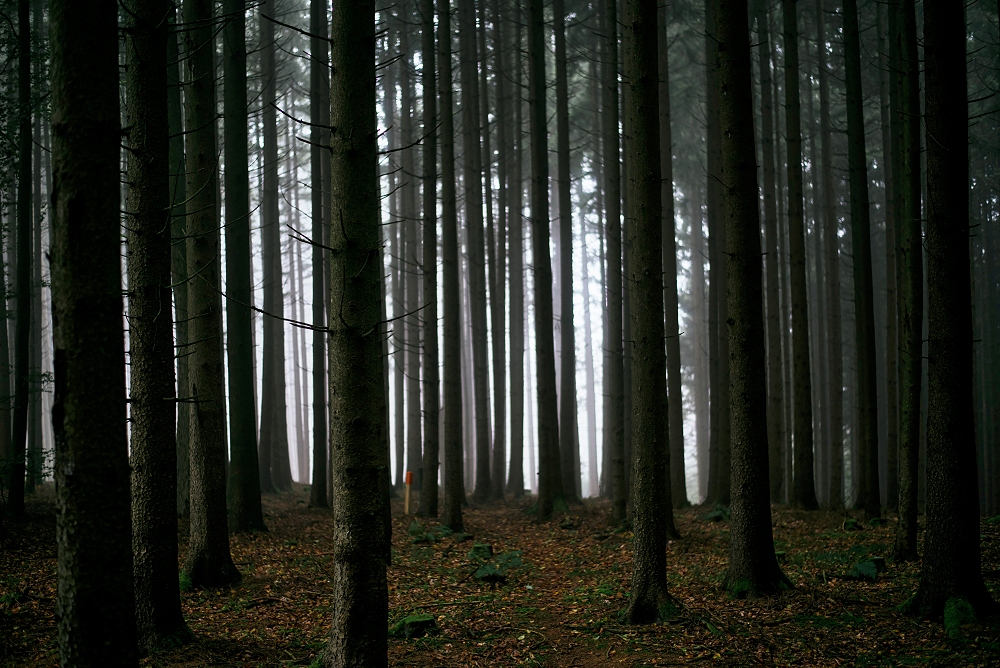
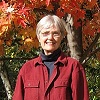 Patricia Wellingham-Jones is a widely published former psychology researcher and writer/editor. She has a special interest in healing writing, with poems recently in The Widow’s Handbook (Kent State University Press). Chapbooks include Don’t Turn Away: poems about breast cancer, End-Cycle: poems about caregiving, Apple Blossoms at Eye Level, Voices on the Land and Hormone Stew.
Patricia Wellingham-Jones is a widely published former psychology researcher and writer/editor. She has a special interest in healing writing, with poems recently in The Widow’s Handbook (Kent State University Press). Chapbooks include Don’t Turn Away: poems about breast cancer, End-Cycle: poems about caregiving, Apple Blossoms at Eye Level, Voices on the Land and Hormone Stew.